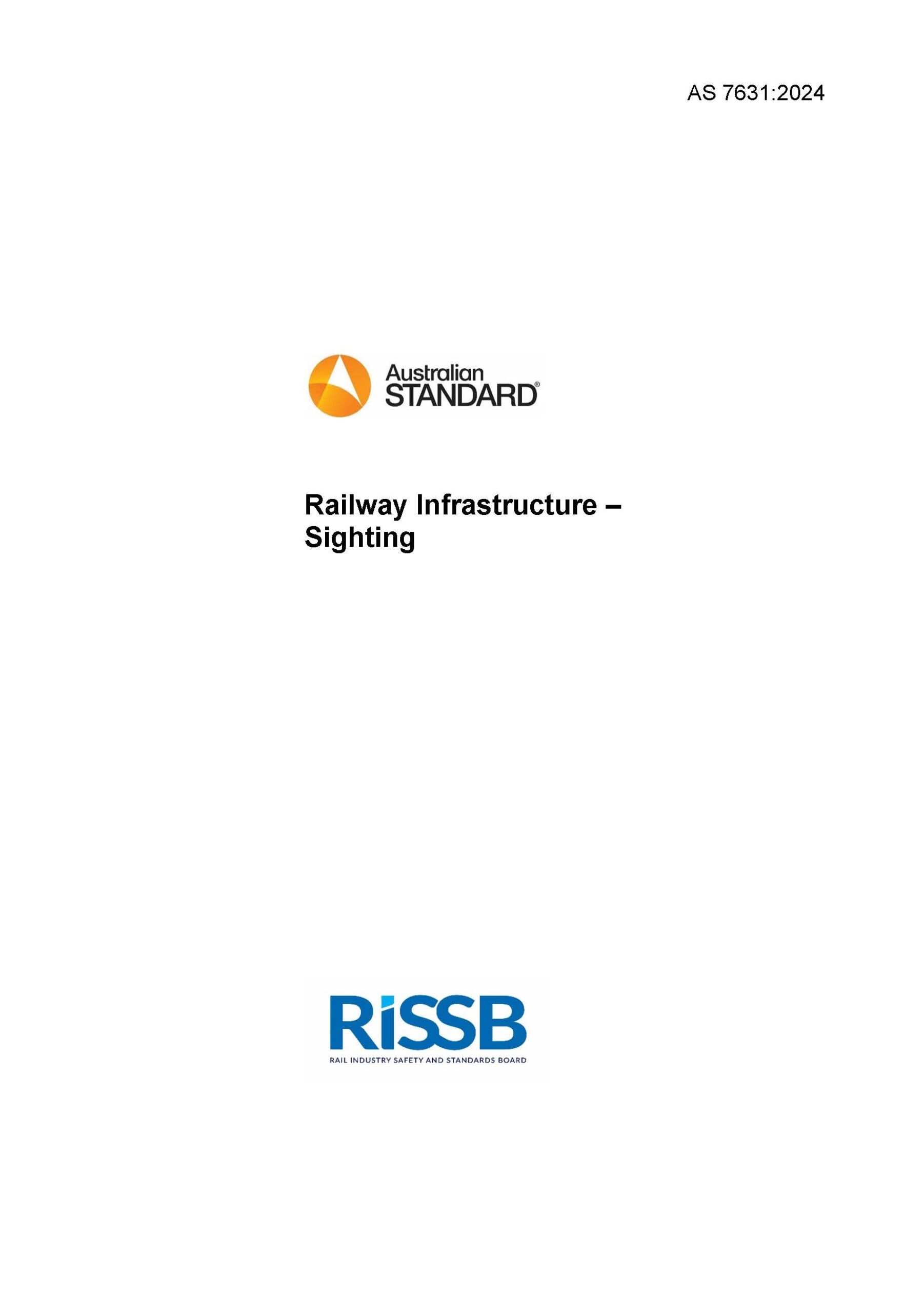Signs, signals, and indicators are used in the railway to present information to train crew, maintenance workers and other authorized persons working in the rail corridor. In order for this information to be comprehended by the user, the correct sighting of the stimulus is required.
The objective of this Standard is to provide a framework to assess optimal sighting arrangements in order to minimize risks as a consequence of poor sighting on the railway network.
The documentation can be used to facilitate the optimisation of sighting and detection-response which are considered important safety factors in the mitigation of railway safety risks associated with:
- the occurrence of an exceedance of authority from incorrectly placed signs or signals;
- the occurrence of reading the incorrect sign or signal, for example read-through and read-across errors; and
- the impacts of other rail corridor infrastructure obstructing signs or signals.
Whilst not the primary objective, this Standard can also be used to provide information regarding the sighting of:
- railway and contract personnel working in the rail corridor;
- authorized visitors to the corridor; and
- machinery and plant being used in the corridor.
If applied as intended, the framework provided in this Standard will enable the rail infrastructure manager (RIM) to overcome or minimize the safety risks associated with poor sighting arrangements; thereby increasing safety of operations and people.




